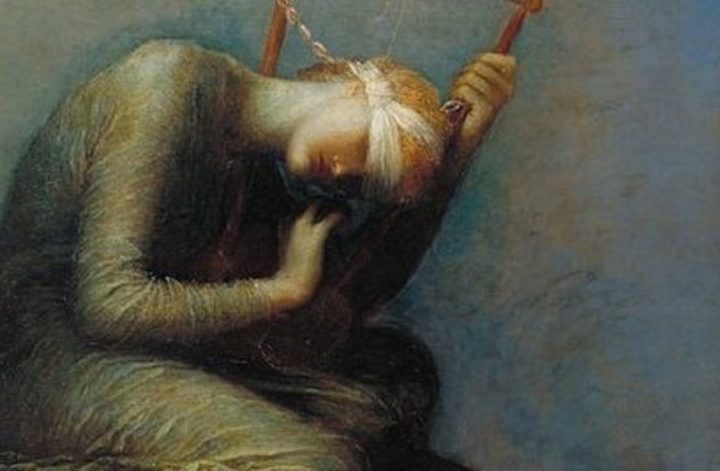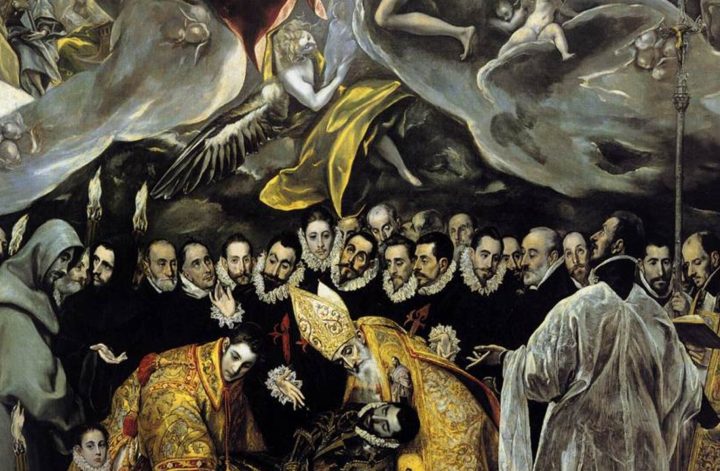By: Raisah Tazmeen Ahad
Written on: 22/10/2022
last updated: 25/04/2023
Introduction to the Poem
“Hope is the thing with feathers” is a 19th-century poem written by the American poet Emily Dickinson, a prominent figure of American poetry. The manuscript of this poem appears in Fascicle 13, which Dickinson compiled around 1861. “‘Hope’ is the thing with feathers” was subsequently published in 1891 in a collection of her works under the title Poems. The poem’s central and only theme is the stimulation of hope in the reader and the never-ending perseverance of hope as a feeling.
Emily, Her Poems, and Their Styles
Emily Dickison may be a prominent figure of American literature in the present day, but during her lifetime she was unknown in the literary world. In fact, Emily’s last wish included the destruction of her works. We must remain grateful to Lavinia, Emily’s sister, for not listening to her. The world was rewarded with her poetry because Lavinia was instrumental in achieving the posthumous publication of her sister’s poems, after having discovered the forty-odd manuscripts in which Emily had collected her work. The poems published then were usually edited significantly to fit conventional poetic rules. Her poems were unique for her era. They contained short lines, typically lacked titles, and often used slant rhyme as well as unconventional capitalization and punctuation. As the poems lacked an official title, the first line of the poem is generally regarded as the title. Emily Dickinson used a lot of dashes in her poetry and this poem has a total of 15, which creates unusual syntax — the way the clauses fit together with punctuation, metre and enjambment.
Personification and symbolism are present throughout the poem, and like Dickinson’s most famous poems, she uses the metaphor of a bird. The bird here symbolises the feeling of hope and salvation.
Stanza-by-Stanza Analysis
The rhyme scheme the poem is written in is the ABCD rhyme scheme, where the second and fourth lines rhyme fully except for the half-rhyme in the first stanza, soul/all. It consists of 3 quatrains and the 12 lines of the poem are packed with metaphors, as the poet uses an extended metaphor to emphasise the theme of the poem itself.
First Stanza
“Hope” is the thing with feathers –
That perches in the soul –
And sings the tune without the words –
And never stops – at all –
Here, she calls hope the “thing with feathers”. This metaphor can have many interpretations. The bird is a tiny creature that withstands all forces of nature. Likewise, the feeling of hope is able to help conquer the hard times that one may face. That is why it may “perch in the soul”. The feeling of hope can be fleeting, like the flight of a bird, but mighty as well. The bird may perch in the “soul” for a minuscule amount of time, but in the time in which it stays, it may touch the soul in the most profound way possible. The thing with hope is, it is silent. It will motivate you without ever saying a word. The last two lines of this stanza symbolises the perseverance and endless nature of hope. It always provides warmth, and like the bird, entertains you with its singing without you ever realising it. It’s always there, guiding you on.
Second Stanza
And sweetest – in the Gale – is heard –
And sore must be the storm –
That could abash the little Bird
That kept so many warm –
In this stanza, the endurance of the feeling is emphasised. weaknesses. The ‘Gale’ is a strong wind, therefore, when it is mentioned that it is sweetest in the Gale, it means that the bird sounds the best in the storm. This symbolises the fact that hope feels better when you’re in a bad situation. When you’re caught in a storm, the bird gives you a feeling of warmth and hope, igniting a flame in your soul and helping you to carry on. The last three lines of this stanza talk about its The “storm” referenced before must be particularly fierce if it could abash the feeling that helped so many. Only in the worst of situations could hope be of no help. The last line explains that hope makes no discrimination. It helps people of all races, cultures and ethnicities. It makes no distinctions when it helps. The way a bird’s tune is for all to enjoy, the feeling of hope is applicable to all of humankind.
Third Stanza
I’ve heard it in the chillest land –
And on the strangest Sea –
Yet – never – in Extremity,
It asked a crumb – of me
The bird can be present anywhere, the way hope can be. It is there in the worst of times, and in the strangest places. It is there whenever needed. The myth of Pandora’s jar proves that hope will never leave without permission. It will always help you when you ask for it.. And just like the bird who sings the seemingly endless tune without ever asking for even a crumb, hope has never asked for anything in return. This is perhaps the most astonishing thing about hope. It was always there, but it never wanted anything for the warmth it provided, for the emotions it influenced. Hope was always there for the toughest of times, even when we weren’t. It taught us to never give up. Hope, never even in the most extreme cases, asked for anything for what it provided.
Conclusion
In conclusion, Dickinson’s extensive use of personification and the poem itself being an extended metaphor is used to signify the nature of the human spirit. It always tries to hold out for better times, and the feeling of hope is regarded as the reason for salvation. The feeling of hope, however small, can ignite a flame that people hold out as motivation. Hope has a great influence on us. It marks humankind as the survivors, as without Hope, survival could not have been possible. People would never think of better opportunities and would have never invented them, without the ‘hope’ that it would improve their lives. Hope is an unsung hero, as the poet narrates, yet possibly the greatest and most powerful one.
Bibliography
- Dickinson, Emily, and Ralph William Franklin. The Manuscript Books of Emily Dickinson. Belknap Press of Harvard University Press, 1981.
- MacNeil, Helen. Emily Dickinson. Pantheon Books, 1986.
- Morgan, Victoria N. Emily Dickinson and Hymn Culture: Tradition and Experience. Routledge, 2016.
- Napierkowski, Marie Rose, and Mary K. Ruby. Poetry for Students: Presenting Analysis, Context and Criticism on Commonly Studied Poetry. Gale Research, 1998.
- Sewall, Richard B. The Life of Emily Dickson. Harvard University Press, 1998.
The Cover Image: Hope, Painting by George Frederic Watts



